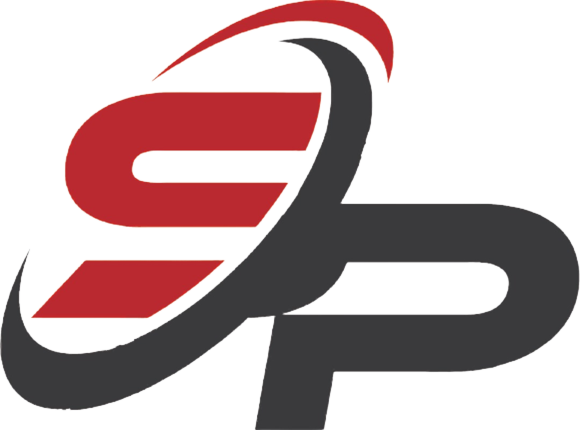Info
- /
- Courses
- /
- Graphics Design
Master Graphics Design

What you will Learn in this Course
Graphic design is a creative discipline that involves the visual communication and organization of ideas, information, or messages through the use of various graphic elements, typography, and layout techniques. The primary goal of graphic design is to convey a specific message or concept in an aesthetically pleasing and effective manner.
Here are some key aspects of graphic design:
- Visual Communication: Graphic designers use visual elements like images, illustrations, icons, and symbols to convey information or ideas. These elements are arranged in a way that guides the viewer’s eye and communicates the intended message.
- Typography: The selection, arrangement, and manipulation of type (fonts) play a crucial role in graphic design. Typography helps establish tone, hierarchy, and readability in a design.
- Layout and Composition: The arrangement of elements on a page or screen is essential in graphic design. This includes considerations of balance, alignment, contrast, and proximity to create a visually harmonious composition.
- Color Theory: Designers use color to evoke emotions, establish brand identity, and create visual interest. Understanding color theory helps designers make informed choices about color palettes.
- Branding and Identity: Graphic design plays a significant role in establishing and maintaining a brand’s visual identity. This includes creating logos, choosing brand colors, and developing consistent visual elements.
- Print and Digital Media: Graphic design can be applied to various mediums, including print materials like brochures, posters, magazines, and digital platforms such as websites, social media graphics, mobile apps, and presentations.
- Problem Solving: Graphic designers often need to address specific challenges, such as conveying complex information in a simple and understandable way, creating eye-catching advertisements, or designing user-friendly interfaces.
- Audience Consideration: Design decisions are often made with the target audience in mind. Understanding the preferences, demographics, and behaviors of the audience helps create designs that resonate with them.
- Software and Tools: Graphic designers use specialized software like Adobe Creative Suite (including Photoshop, Illustrator, InDesign) and CorelDRAW, among others, to create and manipulate visual elements.
Graphic design is a versatile field with applications in a wide range of industries, including advertising, marketing, publishing, web design, packaging, and more. Skilled graphic designers play a crucial role in helping organizations effectively communicate their messages and achieve their goals through visual means.
Prerequisites: Basic computer skills, familiarity with Windows/Mac operating systems.
Materials:
- Access to CorelDRAW and Adobe Photoshop software
- Design resources (images, fonts, etc.)
Note: The course content can be adjusted based on the specific needs and skill level of the participants. Additional resources, guest lectures, or workshops can also be incorporated to enhance the learning experience.
Module 1: Introduction to Graphic Design
- Overview of Graphic Design principles
- Understanding the role of design in communication
- Exploring different design styles and trends
- Historical overview of graphic design
Module 2: Getting Started with CorelDRAW
- Interface and workspace overview
- Creating and manipulating basic shapes
- Working with text and typography
- Understanding color theory and using the Color Palette
- Layer management and organization
Module 3: Vector Graphics and Illustrations
- Exploring vector graphics vs. raster graphics
- Drawing complex shapes and illustrations
- Using the Pen tool for precise paths
- Applying fills, gradients, and patterns
- Creating logos and icons
Module 4: Layout and Page Design
- Designing multi-page documents
- Setting up grids and guides for layout
- Arranging elements for effective composition
- Typography in layout design
- Incorporating images and illustrations
Module 5: Image Editing with Adobe Photoshop
- Introduction to Adobe Photoshop interface
- Understanding raster images and resolution
- Basic image adjustments (brightness, contrast, color balance)
- Selection tools and masks for precise editing
- Retouching and photo manipulation techniques
Module 6: Advanced Photoshop Techniques
- Working with layers and blending modes
- Creating and applying filters and effects
- Digital painting and illustration techniques
- Designing for web and screen resolution
- Mockup and UI design in Photoshop
Module 7: Integrating CorelDRAW and Photoshop
- Importing CorelDRAW files into Photoshop
- Editing vector elements in Photoshop
- Combining raster and vector graphics for comprehensive designs
Module 8: Final Projects and Portfolio Building
- Applying learned techniques to real-world projects
- Creating a personal design portfolio
- Presentation and critique of final projects
Assessment:
- Weekly assignments and exercises
- Mid-term and final projects
- Portfolio assessment
See Similar Courses
About Us
We are a leading IT education provider, we strive to bridge the gap between ambition and expertise, preparing our students to thrive in the dynamic world of technology.
Contact Us
- 08037371561
- enquiry@sptechsolutions.net
- 20 Ajenifuja Street, Behind Zenith Bank Benson-Ikorodu Lagos.
- Mon - Fri [ Opening hours ] 9AM - 5PM
Quick Links

SP SYSTEMS & NET SOLUTIONS © 2023 All Right Reserved®
